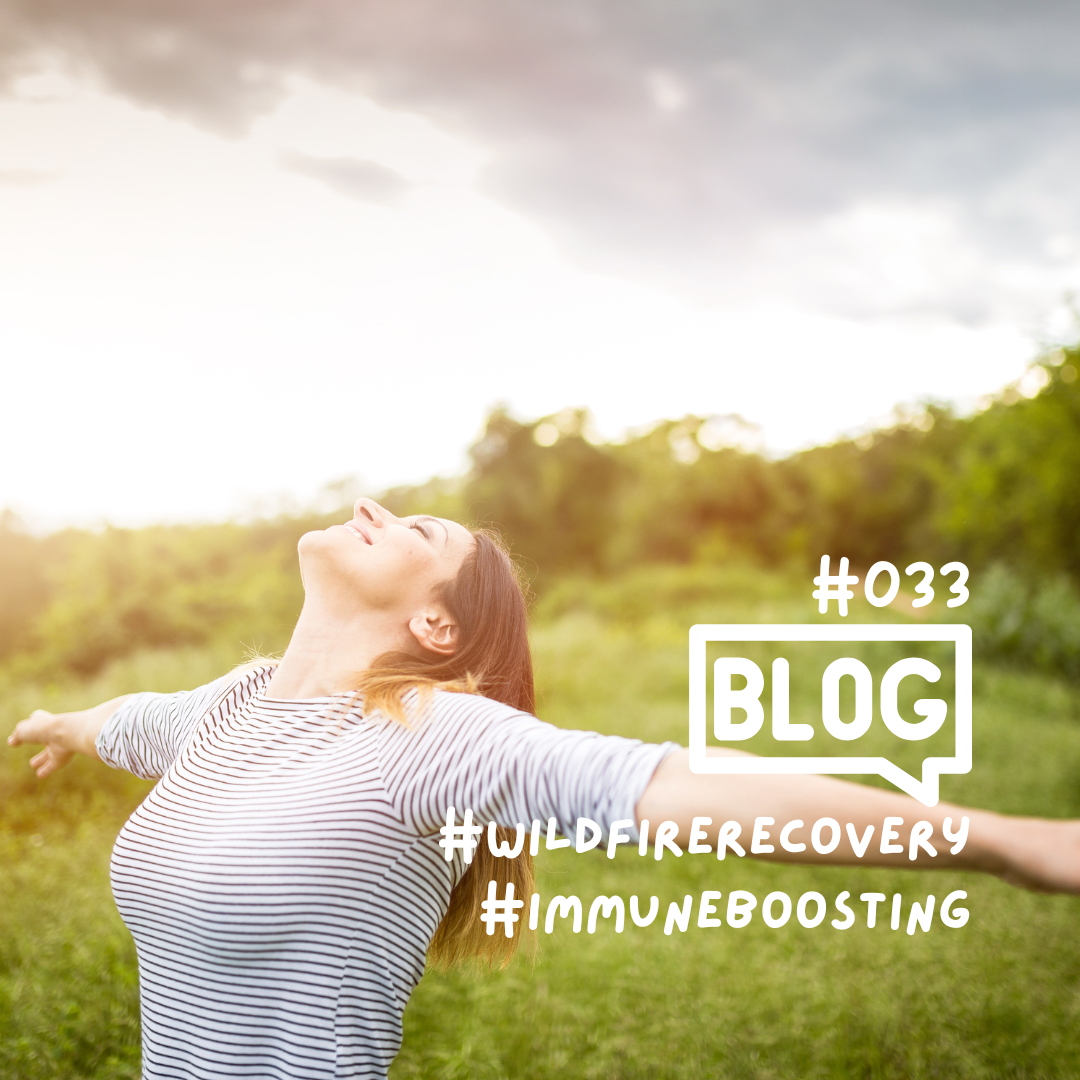🥘 New Drop: Beef Bourguignon (10% OFF)
Cozy, rich, and ready to heat—add our new Beef Bourguignon at 10% OFF intro pricing this Christmas.

In early January, Los Angeles and surrounding areas in California experienced a severe wildfire, causing air quality levels to drop to “extremely unhealthy.” Although the wildfire has passed, its impact continues to linger. Several news reports have highlighted cases of residents experiencing respiratory discomfort, coughing, throat irritation, and even bronchitis due to exposure to wildfire smoke.
In such an environment, and in future similar situations, how can we reduce the harmful effects of wildfire smoke on our bodies? How can we alleviate discomfort caused by air pollution? Are there dietary remedies that can help strengthen immunity and soothe the respiratory tract? Today, Broth integrates scientific research with daily life advice to explore how to effectively protect respiratory health.

When wildfires burn vegetation, buildings, and soil, they release a large amount of particulate matter, volatile organic compounds (VOCs), and toxic gases, including:


Wildfire smoke has significant effects on respiratory health, particularly for the following groups:
1. Short-term Effects

2. Long-term Effects

3. High-Risk Groups

For more information on the health effects of wildfire smoke, refer to the Centers for Disease Control and Prevention (CDC) guidelines.
1. Indoor Protection

2. Outdoor Protection

3. Healthy Diet to Boost Immunity
Diet plays a crucial role in soothing the respiratory tract and enhancing immunity. Here are two recommended dietary remedies:
>>> Traditional Chinese Pear Soup Recipe
Benefits: Moistens the lungs, relieves cough, and soothes throat irritation.
Ingredients:

Preparation:
>>> American Ginseng Chicken Essence Tonic Soup Recipe
Benefits: Boosts immunity, replenishes energy, and reduces fatigue.
Ingredients:

Preparation:
*Why Choose American Ginseng Chicken Essence?
Broth American Ginseng Chicken Essence is packed with small-molecule proteins and concentrated ginseng extract, making it easily absorbable. It effectively boosts immunity, helps the body repair damaged respiratory cells, and enhances resistance to external pollutants. This makes it an excellent supplement, particularly in environments with poor air quality or for individuals experiencing fatigue.
Although the wildfires in early January posed significant challenges for Los Angeles’ air quality and residents’ health, the storm will eventually pass, and the blue sky will return. Every disaster is a test of our resilience and health awareness, and these experiences remind us to cherish clean air and a stable life.
We hope that everyone takes good care of themselves and their families, stays mindful of respiratory health, and extends extra care to those around them. Whether you’re experiencing temporary discomfort or long-term concerns about air quality, scientific protection methods and dietary adjustments can help the body recover and build resilience against environmental changes. May everyone stay away from pollution, breathe freely, and welcome a healthy and peaceful new year!

Reference:
AirNow. (n.d.). Air quality index (AQI). Retrieved October 2025, from https://www.airnow.gov/
Centers for Disease Control and Prevention. (n.d.). Wildfires and your health: Risk factors. Retrieved October 2025, from https://www.cdc.gov/wildfires/risk-factors/index.html
Centers for Disease Control and Prevention. (n.d.). Types of masks and respirators. Retrieved October 2025, from https://www.cdc.gov/coronavirus/2019-ncov/prevent-getting-sick/types-of-masks.html
Environmental Protection Agency. (n.d.). Air cleaners and air filters in the home. Retrieved October 2025, from https://www.epa.gov/indoor-air-quality-iaq/air-cleaners-and-air-filters-home
Environmental Protection Agency. (n.d.). Particulate matter (PM) basics. Retrieved October 2025, from https://www.epa.gov/pm-pollution/particulate-matter-pm-basics
National Institutes of Health. (n.d.). Dioxins and polycyclic aromatic hydrocarbons (PAHs). Retrieved October 2025, from https://www.ncbi.nlm.nih.gov/books/NBK598180/
World Health Organization. (n.d.). Health impacts of air pollution: Types of pollutants. Retrieved October 2025, from https://www.who.int/teams/environment-climate-change-and-health/air-quality-and-health/health-impacts/types-of-pollutants
Yahoo News. (2025, January). How the California wildfires can impact the health of people hundreds of miles from Los Angeles. Retrieved October 2025, from https://www.yahoo.com/lifestyle/how-the-california-wildfires-can-impact-the-health-of-people-hundreds-of-miles-from-los-angeles-181111170.html
Wikipedia. (2025, January). January 2025 Southern California wildfires. Retrieved October 2025, from https://en.wikipedia.org/wiki/January_2025_Southern_California_wildfires
好湯慢慢. (n.d.). 美國花旗參滴雞精 (30 入裝). Retrieved October 2025, from https://welovebroth.com/zh/collections/broth-chicken-essence/products/american-ginseng-chicken-essence-30-packs
好湯慢慢. (n.d.). 花旗參的功效與健康益處. Retrieved October 2025, from https://welovebroth.com/zh/blogs/weloveblog/002-american-ginseng-benefits?_pos=6&_sid=8dab26655&_ss=r